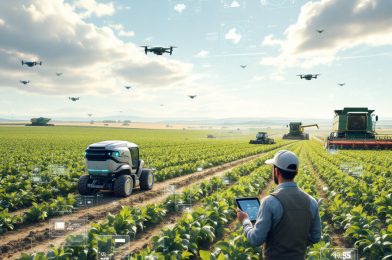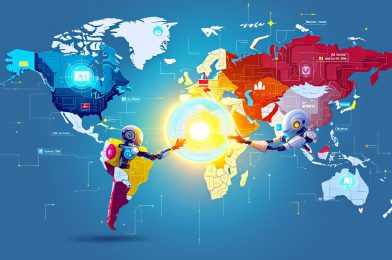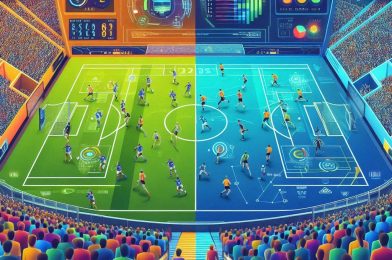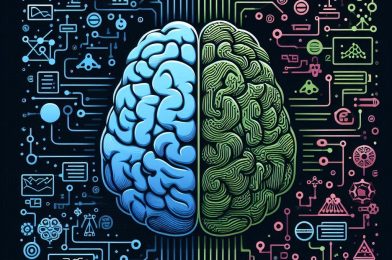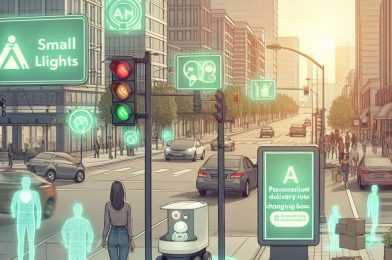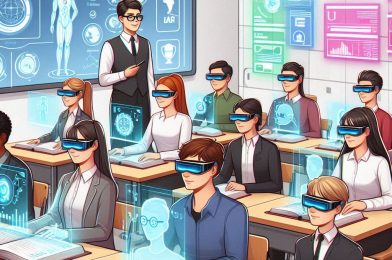Artificial Intelligence (AI) in agriculture is revolutionizing the way we grow our food, paving the path for smart farming practices that can potentially feed the world’s growing population. By integrating AI technologies into farming processes, farmers can make more informed decisions, optimize resource use, and increase crop yields. This innovative approach to agriculture is reshaping the industry and addressing the challenges of food security and sustainability.
One of the key benefits of AI in agriculture is precision farming, where sensors and data analytics are used to monitor and manage crops in real-time. AI algorithms analyze data collected from various sources such as drones, satellites, and IoT devices to provide insights on soil health, crop growth, and pest management. This real-time monitoring enables farmers to detect issues early and take timely actions to prevent crop damage, ultimately leading to higher productivity and reduced waste.
AI-powered predictive analytics play a crucial role in optimizing crop production by forecasting weather patterns, pest outbreaks, and crop diseases. By leveraging historical data and machine learning algorithms, farmers can anticipate potential risks and plan their farming activities more effectively. This proactive approach helps in minimizing losses and maximizing profits, ensuring a sustainable and efficient farming operation.
Furthermore, AI-driven autonomous farming equipment is transforming traditional farming methods by automating routine tasks such as planting, irrigation, and harvesting. These smart machines are equipped with sensors and AI algorithms that enable them to operate with precision and efficiency, reducing the reliance on manual labor and increasing productivity. Autonomous farming not only saves time and labor costs but also minimizes human errors, resulting in higher crop quality and quantity.
In addition to improving crop production, AI technologies are also enhancing livestock farming practices by monitoring animal health, behavior, and welfare. AI-powered systems can analyze data from wearable devices and sensors to detect early signs of disease, optimize feed intake, and improve breeding practices. By utilizing AI in livestock management, farmers can ensure the well-being of their animals and enhance overall farm productivity.
The integration of AI in agriculture is not only benefiting farmers but also contributing to global food security and sustainability. By increasing crop yields, reducing resource use, and minimizing environmental impact, smart farming practices enabled by AI are helping to address the challenges of feeding a growing population while preserving natural resources. This technological advancement is essential in ensuring a sustainable future for agriculture and meeting the demands of a rapidly changing world.
Despite the numerous benefits of AI in agriculture, there are challenges and concerns that need to be addressed. Data privacy, cybersecurity, and ethical considerations surrounding AI use in farming are critical issues that require careful regulation and oversight. Ensuring transparency, accountability, and fairness in AI systems is essential to build trust among farmers, consumers, and policymakers and to mitigate potential risks associated with AI adoption in agriculture.
As AI technologies continue to evolve and become more accessible, it is crucial for farmers to have the necessary skills and knowledge to leverage these technologies effectively. Training programs and education initiatives on AI in agriculture can help farmers acquire the expertise needed to implement and manage AI solutions on their farms. By empowering farmers with AI literacy, they can unlock the full potential of smart farming and drive innovation in the agricultural sector.
The AI in agriculture is transforming the way we produce food, enabling farmers to make data-driven decisions, optimize resources, and increase productivity. Smart farming practices powered by AI have the potential to revolutionize the agricultural industry, address food security challenges, and promote sustainability. By embracing AI technologies and fostering collaboration between stakeholders, we can create a more resilient and efficient food system that can feed the world’s growing population in a sustainable manner. The future of agriculture lies in smart farming with AI at its core, shaping a more prosperous and sustainable food production landscape for generations to come.
